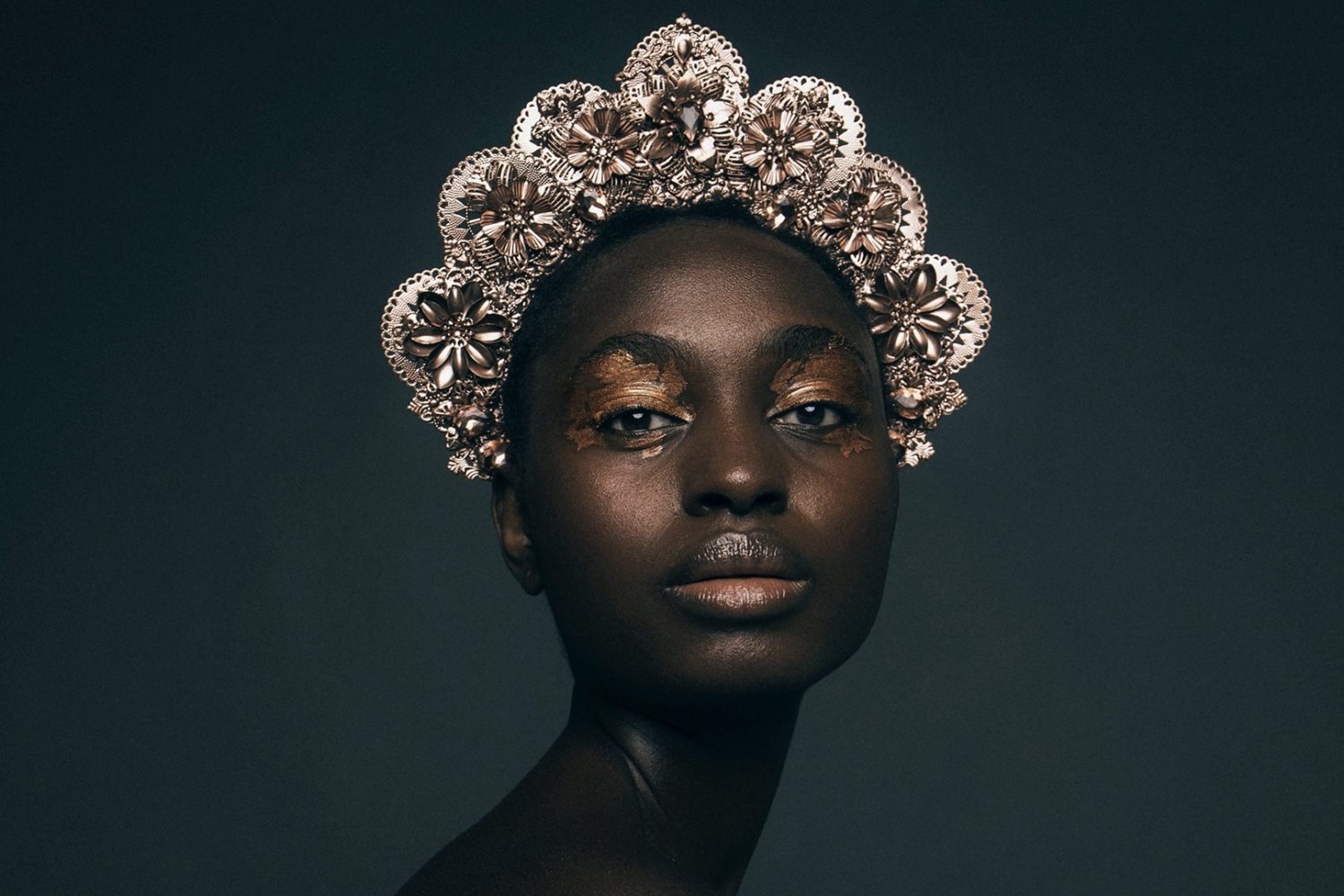The world of cosmetic procedures has seen some remarkable advancements over the last few decades, and hair transplants have been no exception to this trend. However, if you were to transport yourself back 20 years, you would find the landscape to be strikingly different.
The Seeds of Change: Hair Transplants in the Late ’90s
Two decades ago, hair transplants were considered a luxury only the wealthy could afford. Furthermore, the techniques used were considerably harsher, resulting in less natural-looking outcomes. Patients would often have noticeable scarring and less consistent hair growth, providing a stark contrast to the seamless results we see today.
The procedure often involved the use of “plugs”— clusters of hair extracted from the back of the scalp and inserted into the balding areas. This method often resulted in a “doll-like” appearance, as the implanted hair didn’t mimic the natural growth patterns.
The Tides of Time: The Transition to Follicular Unit Extraction
Fast forward to the present day, and hair transplantation techniques have evolved exponentially. The procedure has become more accessible and less invasive, making it an increasingly popular option for those struggling with hair loss.
By far, the most significant advancement has been the shift to Follicular Unit Extraction (FUE). This process involves the individual extraction of hair follicles from the donor area, which are then inserted into the balding areas. The result? A more natural look and minimal scarring.
FAQ: What are the common risks associated with modern hair transplants?
As with any medical procedure, there are potential risks when undergoing a hair transplant. These can include infection, bleeding, or numbness. However, with advancements in techniques and equipment, these risks have drastically decreased over the years.
Eyes on the Horizon: What Does the Future Hold?
Looking forward, the field of hair transplants promises to deliver even more technological breakthroughs. Developments in robotic involvement, AI-driven procedures, and improved growth factor therapies are just some of the exciting innovations in the pipeline.
FAQ: What is the recovery period like for a hair transplant?
Typically, patients can expect to return to their regular activities within a week. Full recovery, including seeing the full results of the procedure, can take anywhere between three to twelve months.
Embracing the Growth: A New Era of Hair Transplants
In just two decades, we’ve seen hair transplant procedures transform from invasive, noticeable, and costly procedures into ones that are effective, natural, and increasingly accessible. As we continue to ride this wave of evolution, it’s exciting to ponder the potential innovations the next 20 years will bring.
Curious to Know More?
Delving into the intricate, ever-evolving world of hair transplantation is not only fascinating but also serves to bust many of the lingering myths and misconceptions. So, what’s your next question? What’s left to uncover in this hair-raising journey?
Ready for the next 20 years? With every unfolding chapter in the chronicle of hair transplantation, there’s a new story to be told, and we can’t wait to explore it with you.

